Growth of the Automotive Aftermarket
The Automotive Dual Mass Flywheel Market is witnessing growth in the automotive aftermarket sector. As vehicles age, the need for replacement parts becomes critical, and dual mass flywheels are no exception. The aftermarket for dual mass flywheels is expanding as consumers seek to maintain or enhance the performance of their vehicles. This trend is supported by the increasing number of vehicles on the road, which creates a larger base for potential aftermarket sales. Additionally, the rise of online retail platforms is making it easier for consumers to access replacement parts, further driving the growth of the dual mass flywheel aftermarket.
Increasing Demand for Fuel Efficiency
The Automotive Dual Mass Flywheel Market is experiencing a notable surge in demand for fuel-efficient vehicles. As consumers become more environmentally conscious, manufacturers are compelled to enhance fuel economy in their offerings. Dual mass flywheels play a crucial role in this context, as they help reduce engine vibrations and improve overall efficiency. According to recent data, vehicles equipped with dual mass flywheels can achieve up to 10% better fuel efficiency compared to traditional systems. This trend is likely to continue, as regulatory pressures and consumer preferences increasingly favor vehicles that minimize fuel consumption and emissions.
Rising Popularity of Performance Vehicles
The Automotive Dual Mass Flywheel Market is also benefiting from the rising popularity of performance vehicles. Enthusiasts and consumers are increasingly seeking vehicles that offer superior handling and acceleration. Dual mass flywheels contribute to improved performance by providing smoother power delivery and reducing drivetrain shock. This is particularly relevant in high-performance applications, where precision and responsiveness are paramount. As the market for performance vehicles expands, the demand for dual mass flywheels is expected to rise, as they are integral to achieving the desired driving experience. This trend indicates a potential growth trajectory for manufacturers in this segment.
Regulatory Compliance and Emission Standards
Regulatory compliance is a significant driver in the Automotive Dual Mass Flywheel Market. Governments worldwide are implementing stringent emission standards to combat environmental issues. Dual mass flywheels assist manufacturers in meeting these regulations by enhancing engine performance and reducing emissions. As automakers strive to comply with these standards, the demand for dual mass flywheels is likely to increase. The market is expected to see growth as manufacturers invest in technologies that not only meet regulatory requirements but also appeal to environmentally conscious consumers. This alignment with regulatory trends positions dual mass flywheels as a vital component in modern automotive design.
Technological Advancements in Automotive Engineering
Technological advancements are significantly shaping the Automotive Dual Mass Flywheel Market. Innovations in materials and design are leading to the development of more efficient and durable flywheels. For instance, the integration of advanced engineering techniques has resulted in lighter and more compact dual mass flywheels, which enhance performance without compromising reliability. The market is projected to grow as manufacturers adopt these technologies to meet the evolving demands of consumers and regulatory standards. Furthermore, the introduction of smart technologies in automotive systems may further drive the adoption of dual mass flywheels, as they can be optimized for various driving conditions.



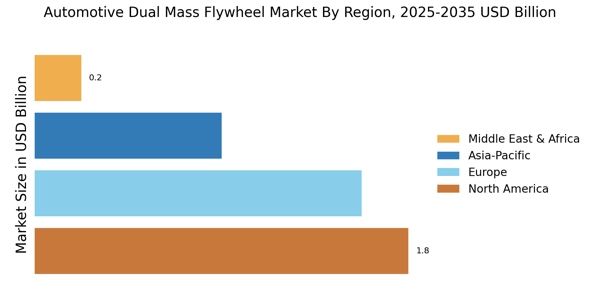
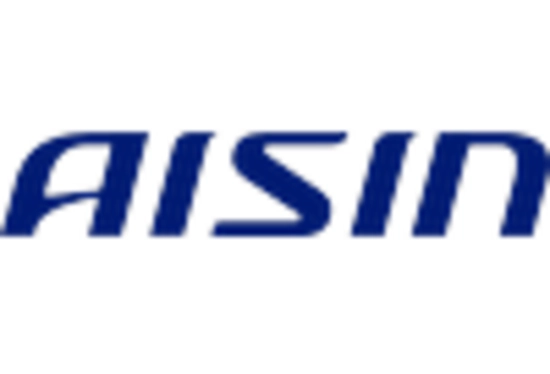
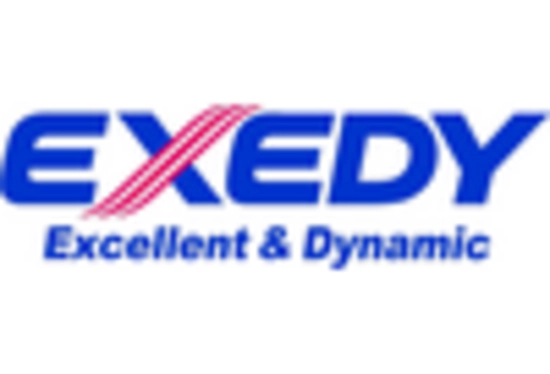

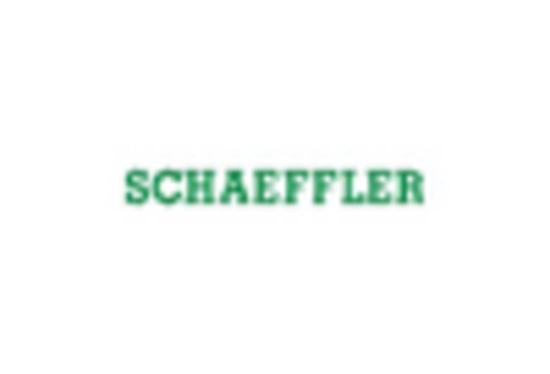

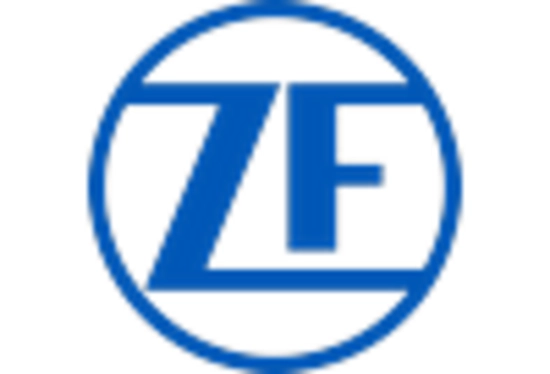








Leave a Comment